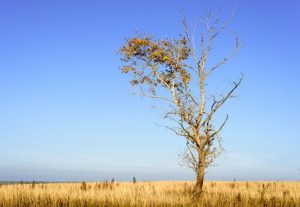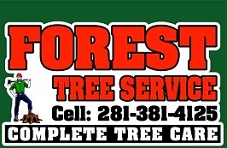
Trees add a great deal to society. They help block the wind, give shade on sunny days, reduce pollution, and help clean the air. Furthermore, they add to the beauty and “look” of a property, such that people want trees in order to “up” their property values. Many well-to-do people have a nice variety of trees surrounding their homes. Much like a pet, trees are beloved by their “owners” and caretakers. How do you know, though, if you’ve got a sick or dying tree on your property? What are some signs to look for?
Signs of a Dying Tree
First, notice a tree’s structure. Does it seem to lean to one side too much? Is there an unusual growth pattern giving it an odd shape? Does it look like it’s going to fall over? Poor structure is often the result of poor pruning or severe storms.
Decay
Next, look for decay in the form of mushroom-like spores or dead branches. Where the branches attach to the tree, if they look like they’re going to become “unhinged” at any moment, that could be a sign that the tree is sick. As for cracks, some are “normal,” while others aren’t, and can end up becoming homes to pests who end up hurting the tree’s growth.
Cankers
Have you ever seen “cankers?” These are areas of dead bark on the tree. Imagine what a human canker sore looks like– a tree canker is similar. Basically, a canker is where bacteria/fungi has infected a tree in an open wound. Did you know cankers can usually be pruned off a tree? If your tree is infected, it depends on how bad the damage is inside the tree– some can be helped back to health, while others may be too far gone to save.
Be careful not to wound your tree on purpose– they act like open cuts to humans, whereas infections can happen. Also, make sure your tree is getting enough water, especially if there has been a drought. Mulching and pruning a tree can also help keep it healthy.
Should you think you have a sick or dying tree on your property and would like a professional opinion, please contact Forest Tree Service of Kingwood at 281-359-7874.
